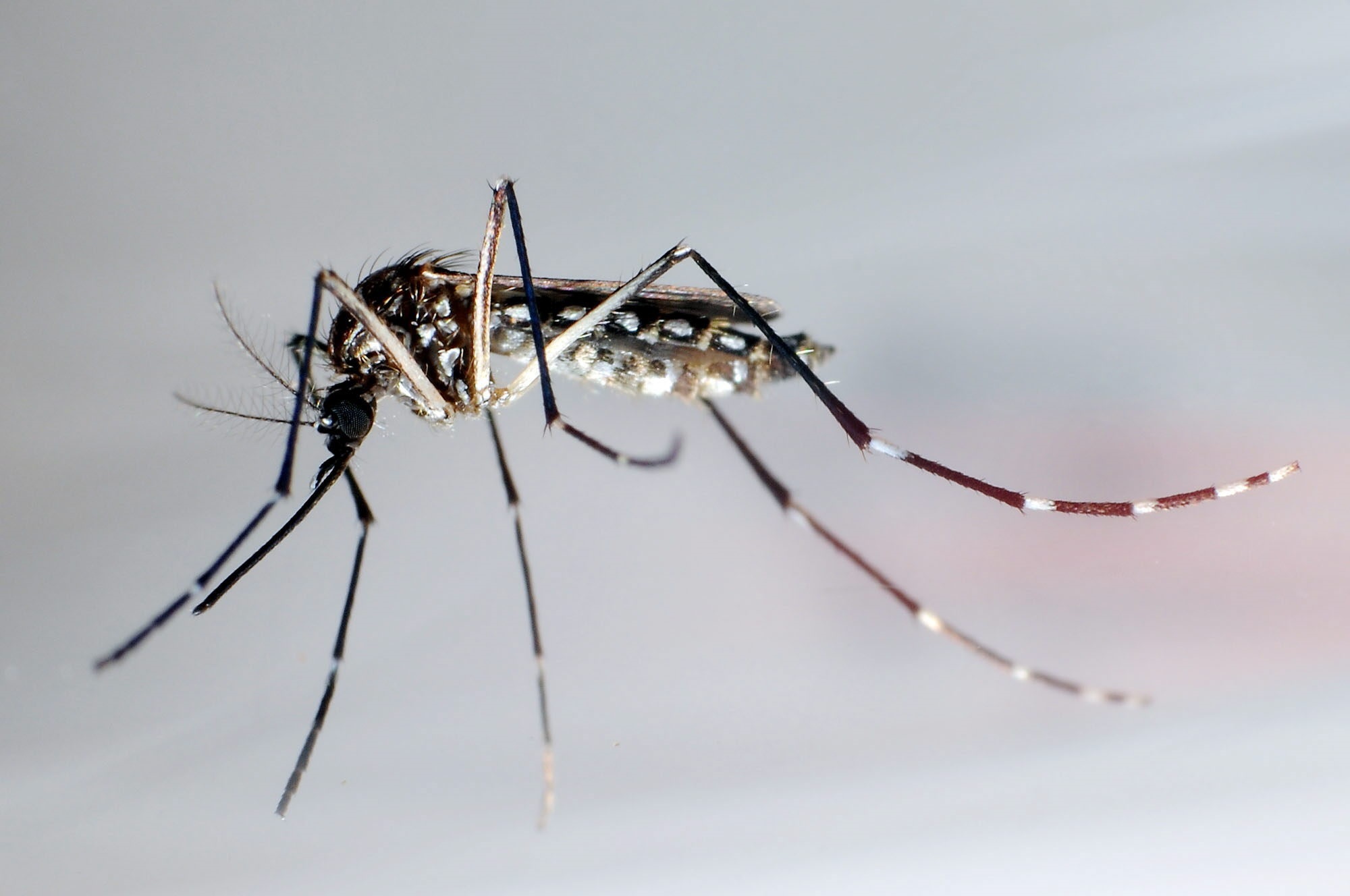
The National Institute of Health (INS) announced in its weekly epidemiological bulletin that, in the last week, the number of deaths in children under five years of age in the country has increased due to acute respiratory infections.
According to the entity, 10 deaths of minors associated with this disease were reported in the last week, of which six were reported in recent days.
The National Institute of Health also highlighted that, of the 1,204 cases of people affected by acute respiratory infections who were treated in outpatient consultations and emergencies, 30.6 per cent corresponded to adults between the ages of 20 and 39, while 19.3 per cent were cases of people between the ages of 40 and 59.
However, INS noted that “the highest proportion of outpatient and emergency consultations for ARI (acute respiratory infections) of the total number of consultations for all causes” occurred in children aged 1 year, with 12.8 per cent, followed by children under 1 year old, with 11.5%.
“In the endemic channel, outpatient consultations and emergencies due to ARI in the first four weeks of the year are above the established historical upper limit and as of week 5 they are placed in a safety zone below the seasonal threshold,” the entity said.
With regard to hospitalizations for severe acute respiratory infections, the National Institute of Health reported that, in the last week, 44,088 cases of people hospitalized in a hospital because of this disease were reported.
According to the INS report, by age group, adults over 60 years of age accounted for 33.7% of cases (14,839), followed by the population aged 20-39, who accounted for 12.4% of cases (5,469).
The National Institute of Health also reported that, taking into account the behavior of this disease over the past seven years, it was determined that, for this last bulletin, cases of acute respiratory infection had increased in the departments of Antioquia, Barranquilla, Bolivar, Boyacá, Buenaventura, Guainía, Huila, Magdalena, and Meta, while in regions such as Amazonas, Caldas, Cali, Cartagena, Chocó, Quindio, Santa Marta, Vaupés and Vichada, they decreased.

In the epidemiological bulletin for week nine, the National Institute of Health also reported that, during that time period, 1,065 probable cases of dengue were reported, of which 526 cases were reported this week, while another 539 cases were reported in previous weeks.
According to the report, the reported cases of dengue in the country come from 32 departments and 5 districts, distributed in 545 municipalities, with the regions of Barranquilla, Atlántico, Norte de Santander, Cali, Casanare, Cartagena, La Guajira, Meta, Cesar, Córdoba, Sucre, Bolívar, Huila, Antioquia, Tolima and Valle del Cauca that bring together 83.2 per cent of cases at the national level, or 7,701.
In total, according to INS, as of week nine of 2022, 47.8% (4,420) of the reported cases of dengue were confirmed, of which 2,720 were cases with warning signs and 124 were cases of severe dengue.
KEEP READING
Últimas Noticias
Debanhi Escobar: they secured the motel where she was found lifeless in a cistern
Members of the Specialized Prosecutor's Office in Nuevo León secured the Nueva Castilla Motel as part of the investigations into the case

The oldest person in the world died at the age of 119
Kane Tanaka lived in Japan. She was born six months earlier than George Orwell, the same year that the Wright brothers first flew, and Marie Curie became the first woman to win a Nobel Prize

Macabre find in CDMX: they left a body bagged and tied in a taxi
The body was left in the back seats of the car. It was covered with black bags and tied with industrial tape
The eagles of America will face Manchester City in a duel of legends. Here are the details
The top Mexican football champion will play a match with Pep Guardiola's squad in the Lone Star Cup

Why is it good to bring dogs out to know the world when they are puppies
A so-called protection against the spread of diseases threatens the integral development of dogs




